Bison exhibition features at the Bucharest Photo Festival
Impactful imagery and powerful presentations captivate new audiences with the story of bison rewilding in the Southern Carpathians.

Impactful imagery and powerful presentations captivate new audiences with the story of bison rewilding in the Southern Carpathians.
With its breathtaking images of vultures and other wild nature, the “Lords of the Rhodopean Skies” exhibition thrilled attendees in three Bulgarian cities and raised the profile of the ongoing rewilding initiative in the Rhodope Mountains.
Given a thumbs up by the local entrepreneurs who participated, the informative and inspirational event will hopefully boost rewilding-related nature-based tourism in the area.
Renowned Bulgarian wildlife photographer Bogdan Boev imparts his knowledge and passion to a group of young camera enthusiasts in the beautiful Studen Kladenets nature reserve.
For Romanian photographer Dan Dinu, bringing youngsters closer to nature is all about 10 special words.
The exhibition, which will continue until 2021, depicts the ongoing bison reintroduction in the Southern Carpathians by Rewilding Europe and WWF Romania, with a special focus on reaching out to the younger generation.
A visually stunning new exhibition, showcasing the natural wonders of the Eastern Rhodopes, is wowing visitors by making the Bulgarian capital Sofia a wilder place. Titled “Lords of the Rhodopean Skies”, it features 32 images depicting some of the most astonishing natural sights of the Rhodope Mountains rewilding area.
Today, conflicts with man still threaten Europe’s large carnivores species, and prevent the full recovery of their populations. In the past, strategies to mitigate these conflicts have varied between different European countries, they have typically focused on keeping large carnivores away from humans, either by eradicating them, or by restricting human access to areas where these carnivores exist.
ReWild4Wildlife – Rewilding Europe’s Instagram Photo Contest – needs your finest photos!
In 2014, the wildlife monitoring team in the Western Iberia rewilding area placed a wildlife camera in the Faia Brava nature reserve, next to a carcass of a Maronesa cow that died naturally. The intention was to monitor the use of the carcass by scavengers and other animals. One day, the camera mysteriously disappeared from the location and was recently found intact but without power. The images discovered on the memory card revealed what really happened.